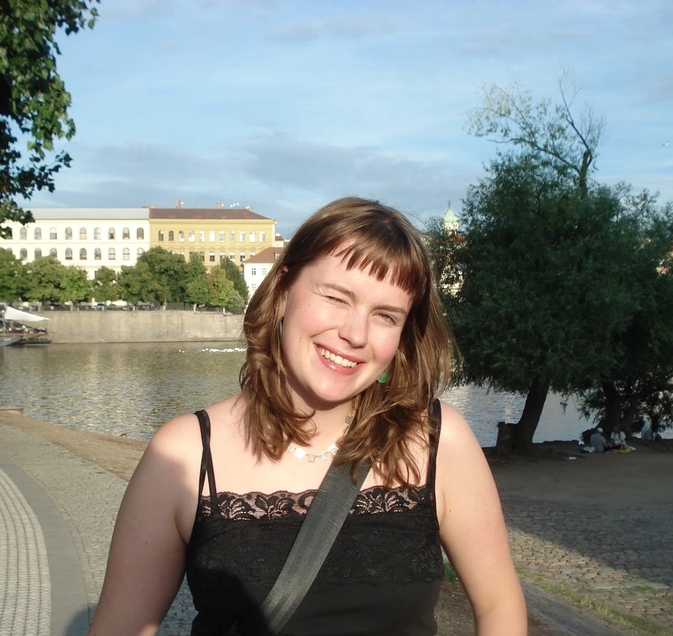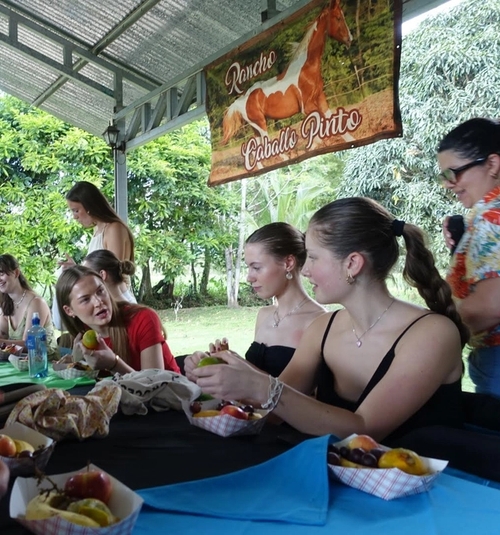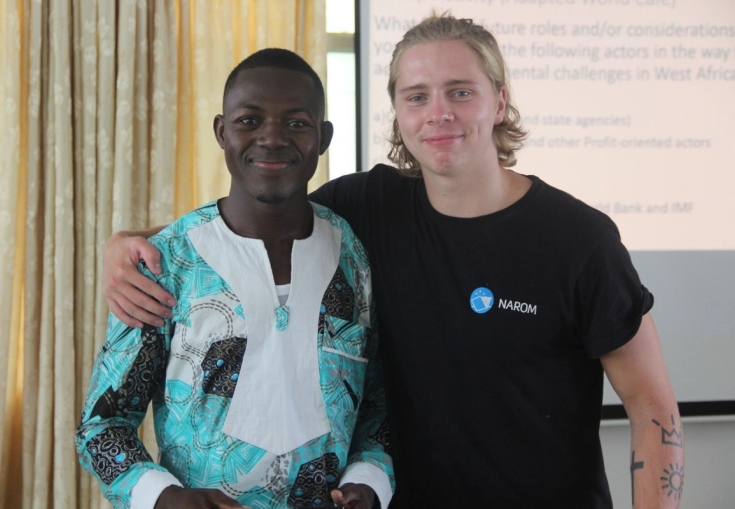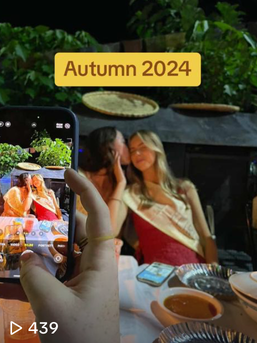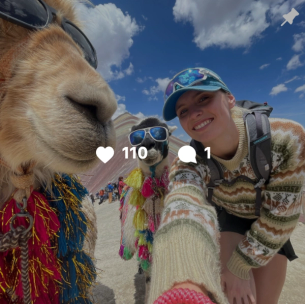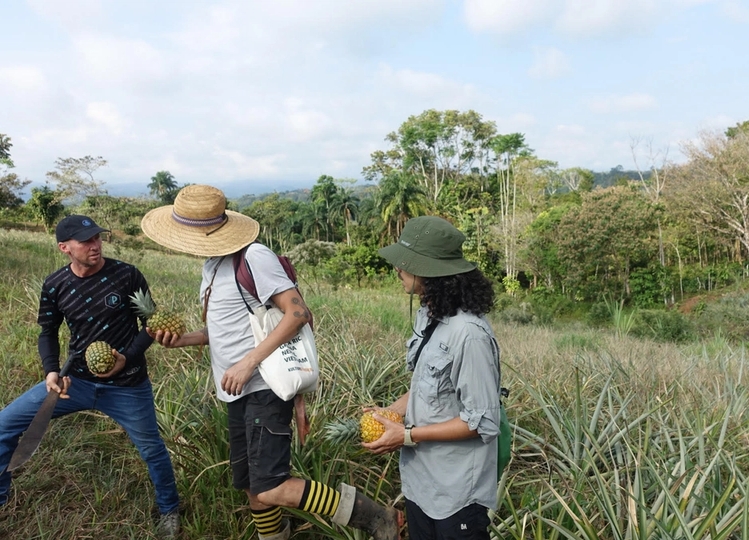
From reading to experiencing: School trip to Longo Mai
Two weeks ago, it was my turn to go on an excursion to Longo Mai, and I had a great time!

This text is translated using AI.
View the original article here.In addition to Spanish, we also have a sustainability course here in San Isidro. It focuses on sustainability in Costa Rica, and we learn a lot about agriculture and how tourism affects the country.
Although most of our teaching hours are in Spanish subjects, we also have curriculum and seminars related to sustainability. Usually, this tends to be a seminar between one and three hours each week, in addition to various field trips throughout the semester.
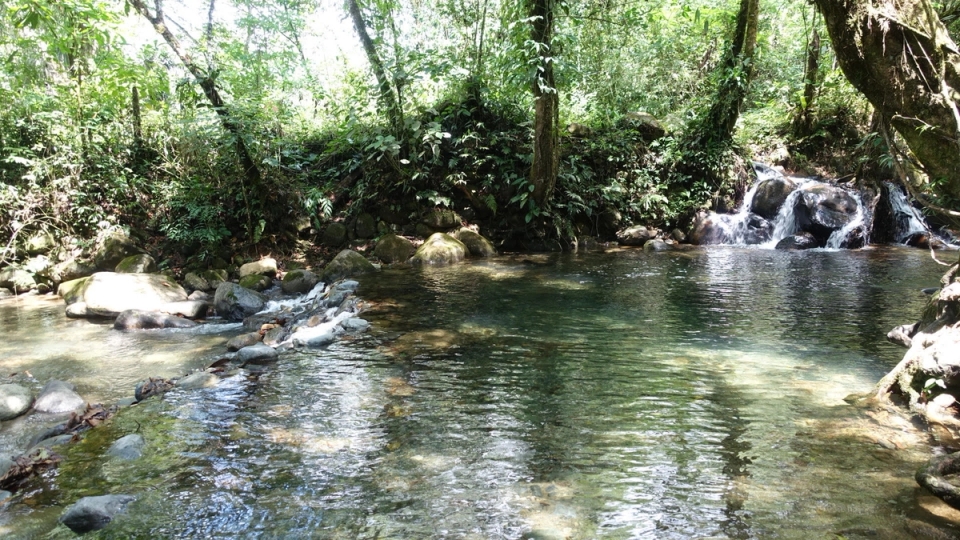
It is perhaps on these trips that one learns the most, and gets to connect what we talk about in the seminars to how it looks in practice.
So far, we have been to the vegetable and fruit market in the city center, visited Terraba, which is an area belonging to the indigenous people of Costa Rica, and spent a week in Longo Mai.
The trip to Longo Mai is a bit different from the others, simply because it is a much longer journey. It gives you time to learn an incredible amount more, explore a bit on your own, and see a lot of amazing nature!
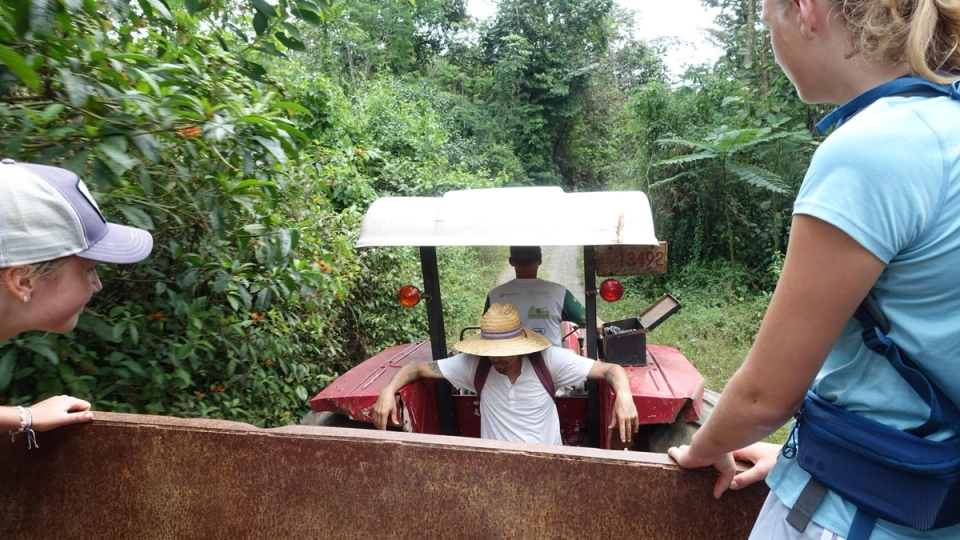
Longo Mai is a community that focuses on circular economy, sustainability, and growing one's own food. There are Longo Mai communities in other places as well, based on the same concept, for example in Austria.
In Costa Rica, this community has been important for receiving refugees, especially from El Salvador, and therefore a large part of the population in Longo Mai comes from there.
The students on the course are divided into groups so that about 10 students travel at a time, and when you arrive at Longo Mai, you are assigned a host family to stay with.
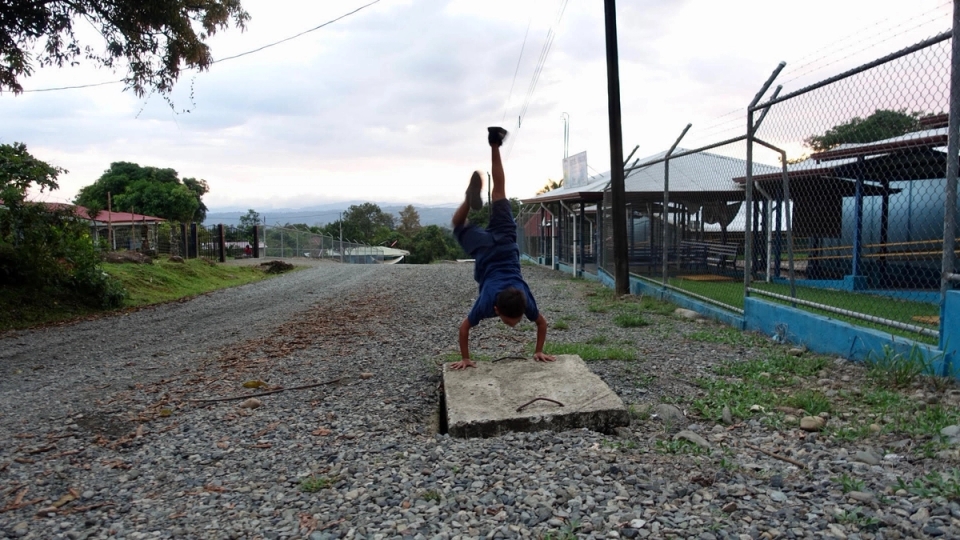
This provides a real insight into what it's like to live in the village, and it was fun to hear what the host family had to say and relate it to what we have learned in lectures.
The days are quite busy with visits to various farms and different projects, so we mostly talked with the family during meals and in the evening.
One of my favorite experiences was getting to see how the sugarcanes are harvested. We got to see and try this at Aino's sugarcane plantation, who was the son of some of the first settlers in the Longo Mai community.
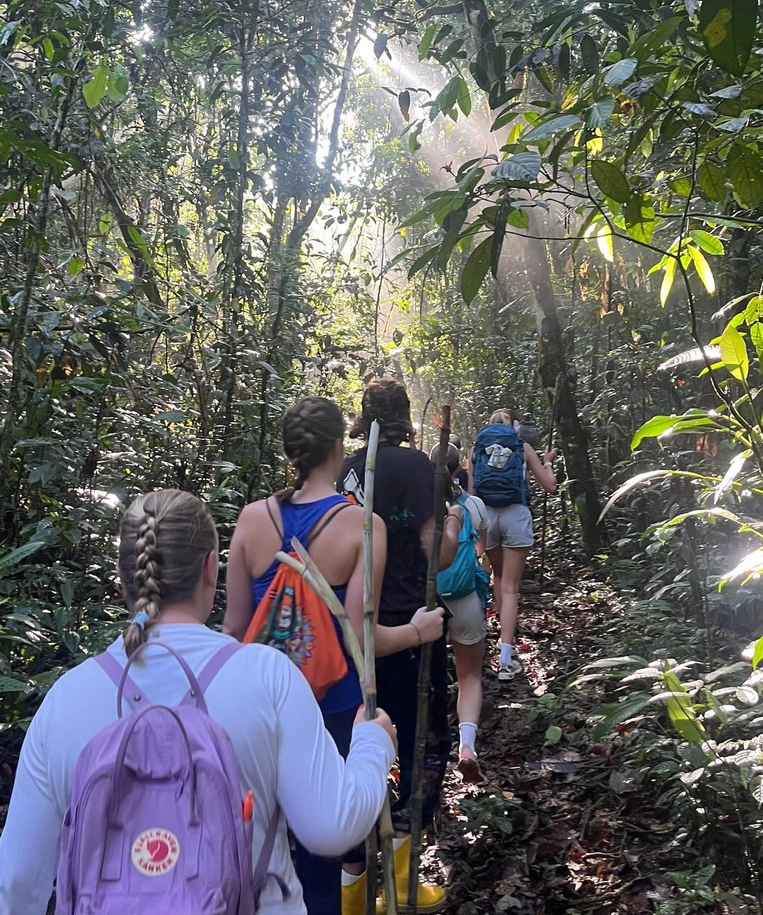
There we learned about how they prepare the soil for planting sugarcane, and how creating a sort of wave pattern can protect the soil when it rains.
We also learned that they burn the sugarcane before harvesting, both because the leaves are sharp and can cut the workers, and to remove snakes and other animals that might hide among the tall plants.
It was incredibly fascinating to see how quickly and effortlessly the local workers could cut and gather the sugarcanes in the strong sun. When we students tried our hand with the machete, it went incredibly slower!
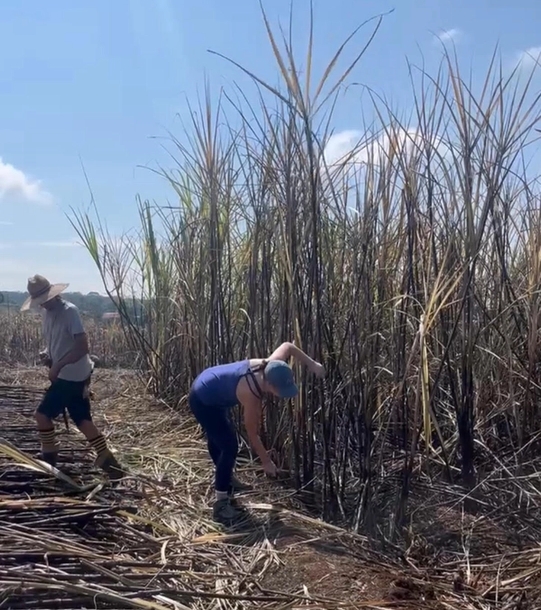
It was then that I truly realized how much work goes into producing sugar. Cutting through just one cane was tough, and we often had to try several times before we succeeded. After this, we got to talk to one of the workers, who shared his experience of the job and the pay they received. All in all, it was incredibly educational!
We were accompanied by two teachers who joined us for all the activities, Allan and Dennis. The arrangement was such that Allan would first explain in Spanish, and then Dennis would translate into English, so that everyone could understand the material regardless of their level of Spanish.
Both knew a lot about the plant life in the area, which contributed to us getting to taste a lot of new things! One of the best things was to chew on freshly cut sugar canes to extract the juice, as well as some leaves called Katuk which tasted a bit like sugar snap peas.
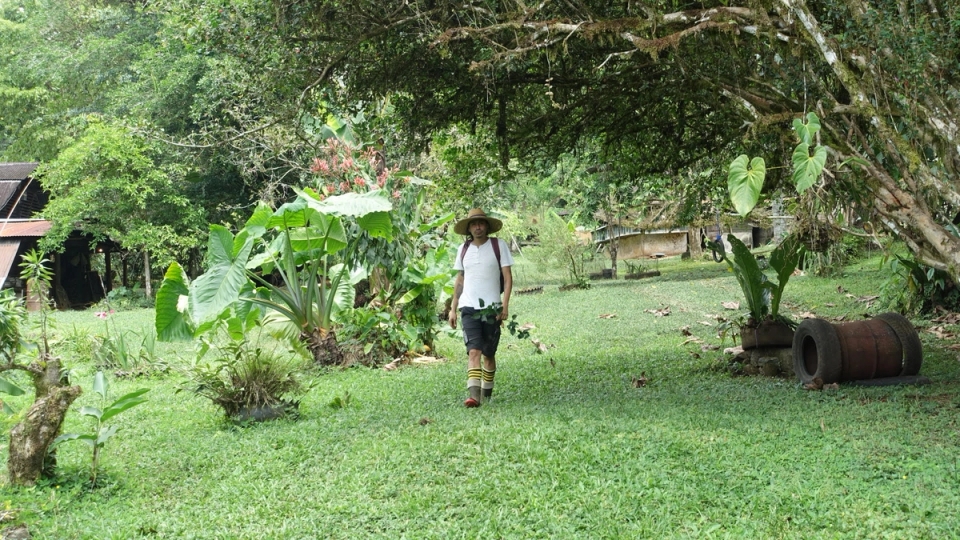
After trying to harvest sugarcane, we took them further to a farm in the forest where we got to grind them and make juice. After many hours in the sun, fresh sugarcane juice with newly picked lime from the garden was amazing!
This trip challenged many of us, as it was physically demanding due to spending a lot of time in the sun, in addition to possibly having different living conditions than we are used to.
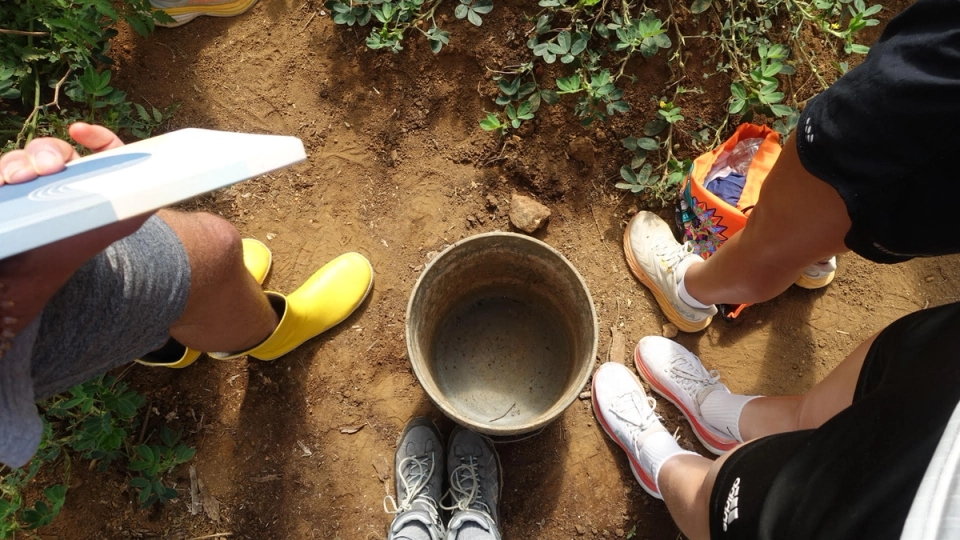
It was still very cozy. We all lived on the same street, so it was a nice way to get to know more people from the study. In my host family, there were many children, and some had learned various card games from previous Culture Studies students.
It was incredibly cozy to spend the evenings playing cards with the kids, and we learned a lot from talking with the family. After a long day, it was also incredibly delightful to be able to rinse off in the beautiful river that was right in the neighborhood.
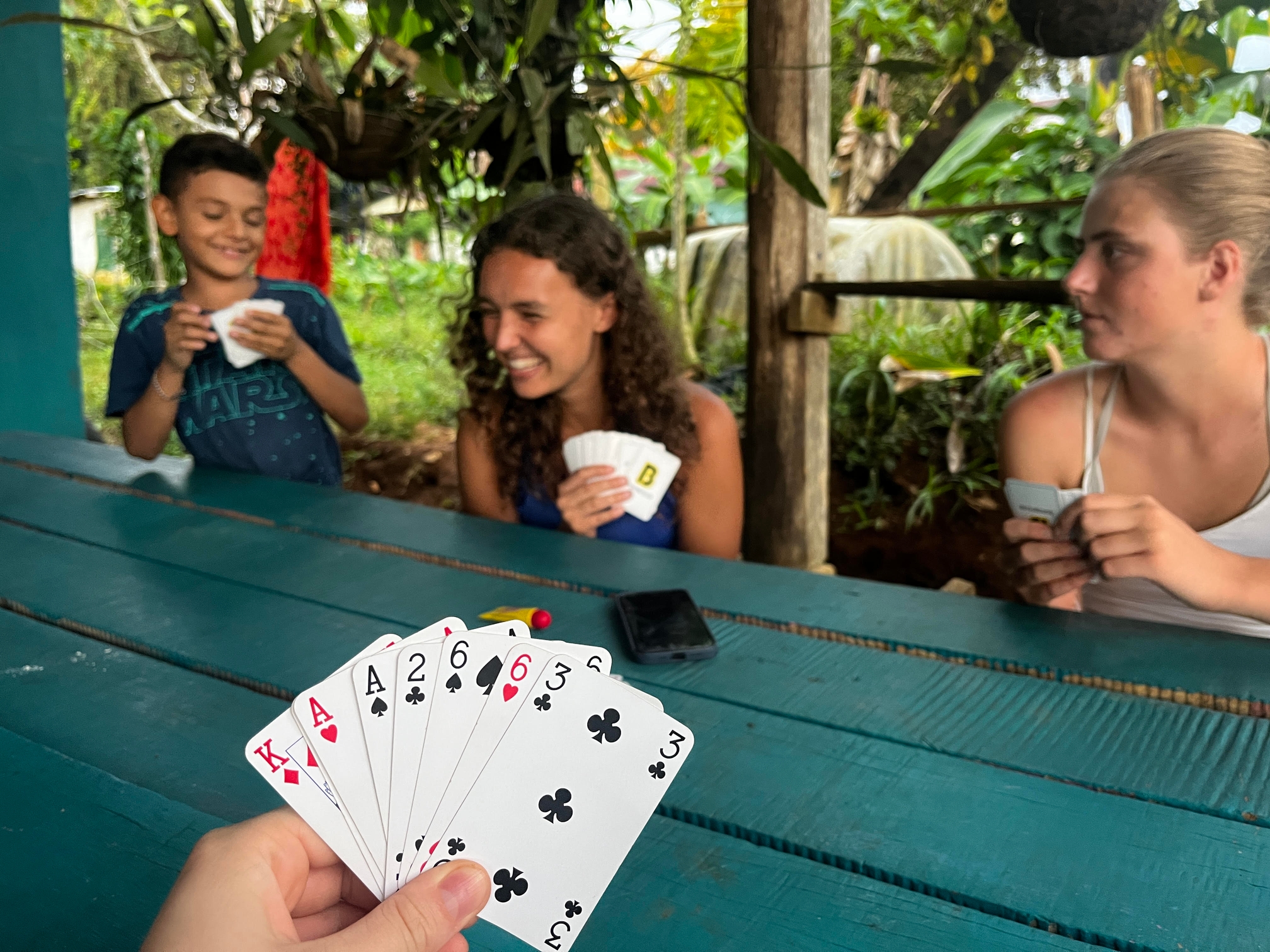
Visiting Longo Mai was an incredibly educational experience, and I gained a new respect for the food we eat and the work that goes into it.
My tips for you who are going to visit Longo Mai is to bring clothes that can get a bit dirty, sun protection, good shoes, and a water bottle that keeps the water cold!
